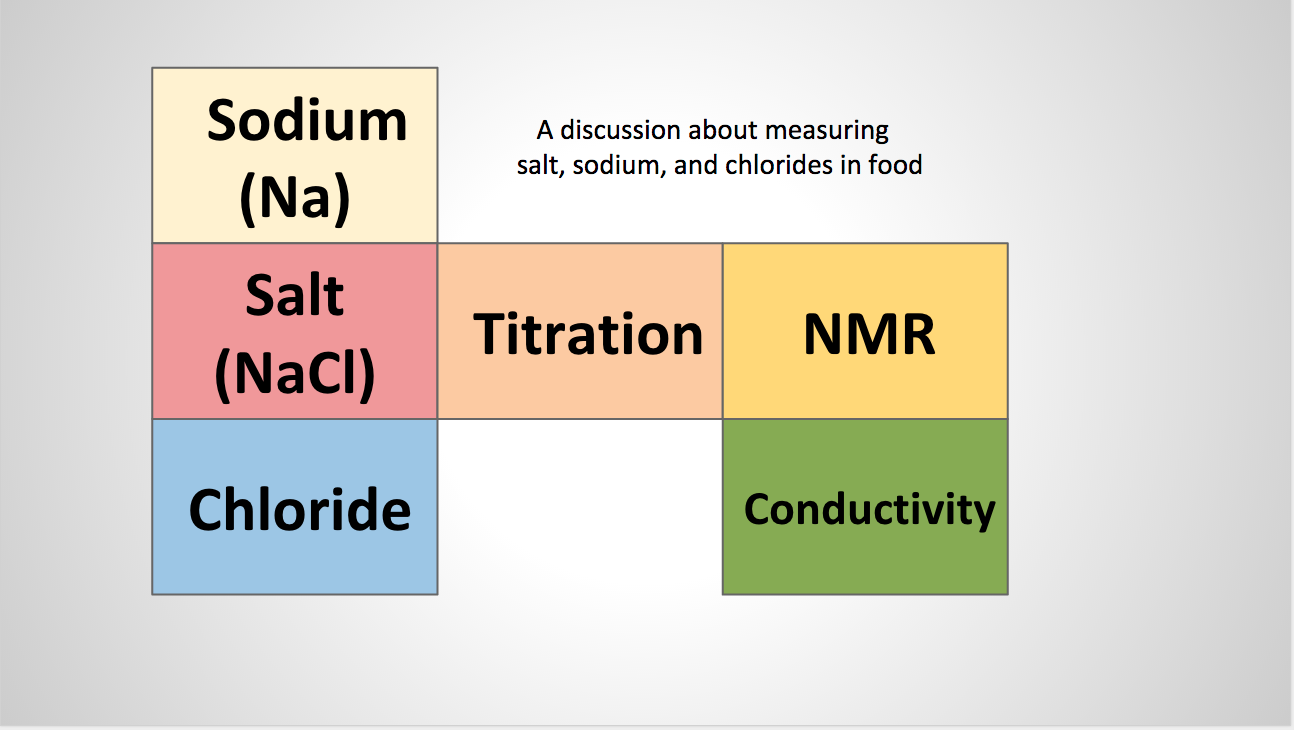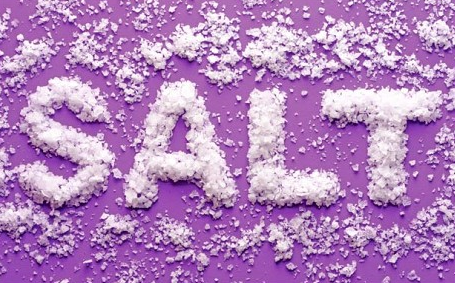
What are the best ways to measure salt and sodium in food?
We have written other articles about salt testing including the Top 3 methods for measuring salt in food products and How to test for salt during food production. But we felt this blog post was necessary to further explain how the popular methods differ during testing and why you might use one method instead of another. We also thought it was important to further explain the difference between Salt (NaCl) and Sodium (Na) and how it can impact your test results.
First thing you should know is "what are you trying to measure?"
- Salt (NaCl)
- Sodium (Na)
- Chloride (Cl)
The second thing is knowing your samples ingredients.
Knowing the component ingredients that make up a given food sample is very important! If we randomly chose a method to test for salt for example without knowing the component ingredients we may discover we are way off with our answer. Why? Because without a clear understanding of the types of sodium and or chlorides that may be present in a sample it is possible to calculate an incorrect value either because the method of testing is incomplete for a given sample, or simple interference from other ingredients is occurring.
Each method has it's own way of finding an answer. Some methods look for chlorides in food, others look for sodium in food, while others measure indirectly the change in conductivity of a liquid as chlorides dissolve. Each method has it's place and can be used effectively as long as the user knows it's capabilities and it's drawbacks.
Understand your test objectives and choose an appropriate test method
We put together a presentation that goes into more detail on this and hope you watch it.




